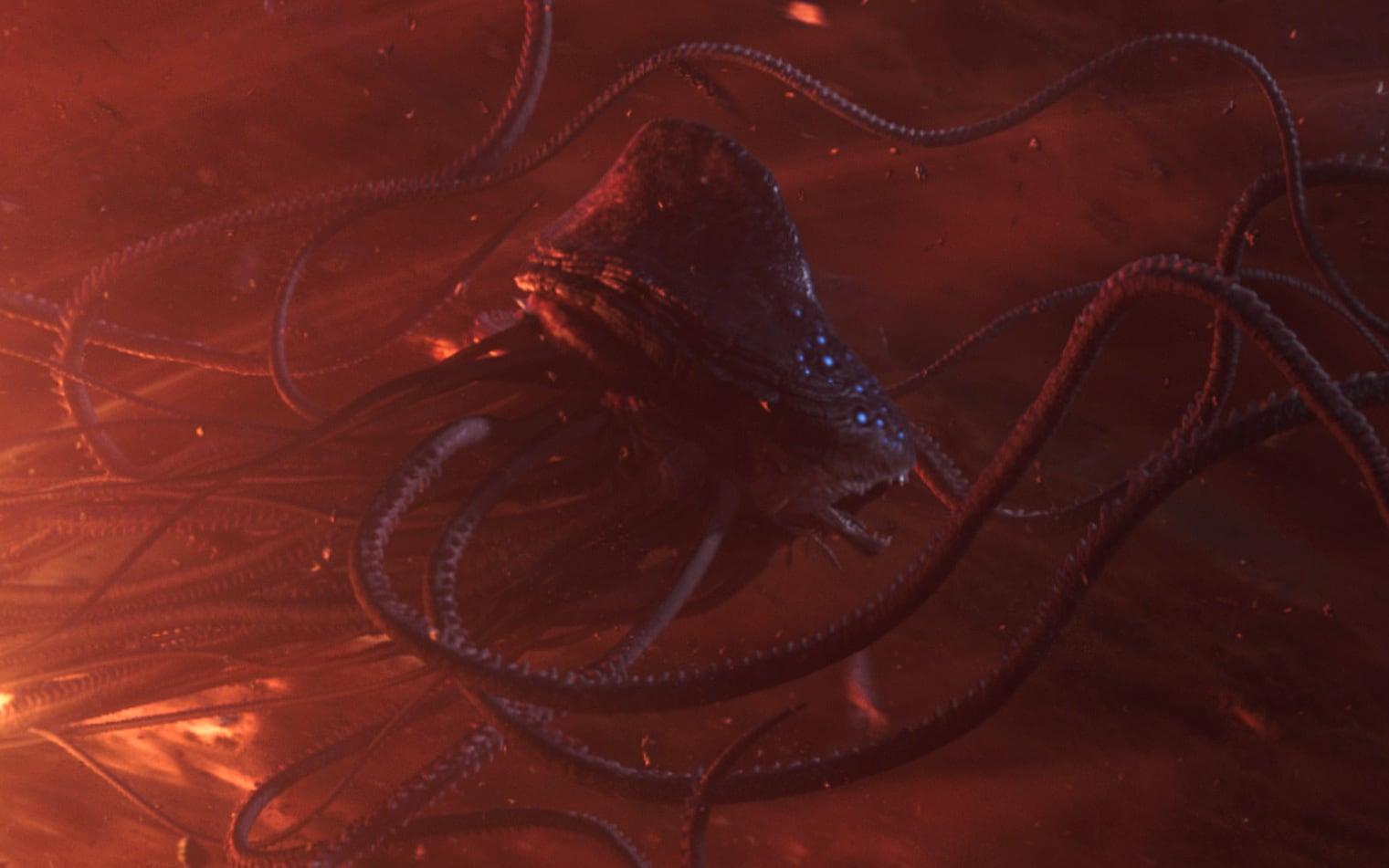
Having finally seen Solo: A Star Wars Story (which wasn’t as necessary as Rogue One, but was still fun to watch), I’ve been thinking about what more I’d like to see in a Star Wars movie once we’re past the Skywalker saga.
And yes, before we go any further, there are plenty of Star Wars titles in our future. Future standalone “Story” films may be on hold following Solo’s disappointing box office performance but there’s still Rian Johnson’s upcoming trilogy (which will “introduce new characters from a corner of the galaxy that Star Wars lore has never before explored”) and a series of films by David Benioff and D.B. Weiss (aka, the creators of the soon-to-be-concluding Game of Thrones).
But as I watched Han and his cohorts make his legendary Kessel Run, it suddenly dawned on me: I want to see Star Wars take a page from Star Trek, and instead of constantly fighting to save the galaxy, spend some time exploring it.
The Kessel Run is Solo’s central action setpiece, and it occurs in one of the most foreboding Star Wars locations we’ve seen to date: the Akkadese Maelstrom, a giant storm of swirling gas and debris that is virtually impenetrable, save for one clearly marked path leading to the planet Kessel. However, when the Millennium Falcon is cut off by an Imperial blockade, Han Solo (as is his wont) throws caution to the wind, abandons the path, and plunges headlong into the Maelstrom.
During this escape, Solo and his cohorts enter a pitch black void seemingly devoid of life. But in a classic jump scare, a flash of light reveals that they’re far from alone. They’re actually in the presence of what is arguably the galaxy’s biggest beastie, a Lovecraftian horror called the summa-verminoth, and it’s very hungry. (Spoiler alert: The Millennium Falcon escapes and sets a new record for the Kessel Run while the summa-verminoth gets sucked into a giant black hole.)
The Star Wars films feature a lot of strange creatures: summa-verminoth and space slugs, sarlaccs and rancors, rathtars and thala-sirens, not to mention numerous sentient races like the Mon Calamari and Twi’leks. Aside from the occasional line of dialog (e.g., C-3PO’s statement about the sarlacc’s digestive system in Return of the Jedi), the films themselves contain very little information about these creatures, not to mention other phenomena found in the Star Wars universe. Most of what we know comes from extra-film sources including novels, comics, and supplemental resources like Solo: A Star Wars Story The Official Guide (and much of that has been relegated to non-canonical “Legends” status).
This approach makes sense since Star Wars has been entirely focused on, well, interstellar wars and those who wage them. It also has the added benefit of imbuing the Star Wars universe with a sense of mystery akin to the films’ lived in, rustic/futuristic design aesthetic. Even so, it’s a bit odd that most, if not all Star Wars characters seem so incurious about the cosmos they inhabit. Even the most outlandish space creatures and phenomena are taken rather matter-of-factly (as typified by Han’s cynical statement in A New Hope about having seen “a lot of strange stuff” in his travels).
You could argue that this is because the galaxy has been ravaged by war for decades, and nobody’s got time for science and exploration. Like Rey in The Force Awakens, they’re too busy trying to eke out a hardscrabble existence on some godforsaken planet. That, or they’re trying to survive the latest Imperial or First Order mega-weapon.
More positively, the familiarity between so many different alien races (as can be seen in the Mos Eisley Cantina and Maz Kanata’s tavern) does speak to Star Wars’ diversity. And if you know that an all-powerful energy force is surrounding and binding all things, then maybe everything else seems rather mundane and commonplace by comparison.
Given the franchise’s title, I doubt we’ll ever see a complete end to space battles and laser sword duels. But as future Star Wars films move beyond the war-filled saga that’s captured our cultural imagination for over four decades, maybe it’s possible for that faraway galaxy to become a place of science and exploration, if only for a little while. Surely the Star Wars universe contains scientists and adventurers, people who desire to explore the galaxy and gain a better understanding of its myriad wonders. As much as I enjoy traveling with scrappy Rebel scum, I’d like to travel the galaxy with those other folks — for a few parsecs, anyway.